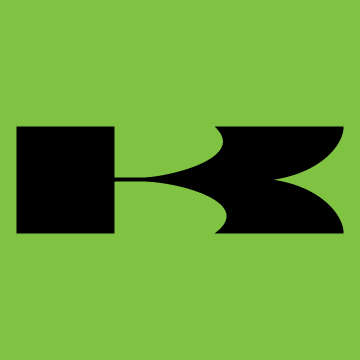Are they still required to have at least one solid red along with the flashing beacons out there?
Yep. Being temporarily e/x/i/l/e/d . . . er, t/r/a/p/p/e/d . . .uhm, VISITING Kahlifonia (as the Governator pronounces it), I've had the chance to review the lighting situation.
California has always required a steady-burning, forward-facing red light. Under the law, that's the ONLY light that you are required to yield to -- all others are just there to attract your attention. If you're in the People's Republic and a car comes up behind you with a red spotlight, move over.
In olden times, all CA public safety agencies had their own lighting setups for marked units. For instance, LA County agencies used a "Christmas tree" for both the Sheriff's Office and fire department, which consisted of lollipop lights which were mounted on the siren (which made installation and replacement easy), while LAPD had the famous "Adam-12" setup, SFPD had an additional set of lights at the back of the roof, and so on. Smaller agencies often used clamp-on bars with one or two rotating beacons bolted to them.
When Federal invented their TwinSonic bar (as seen on "Emergency!"'s Squad 51), this was quickly adopted by a number of agencies (Federal gave a sweetheart deal to LA County, as the first major adopter of the whole idea of integral light bars). LACO loved it -- installation was easier than the Christmas tree, and visibility was significantly increased, necessary now that things were more crowded and vehicle speeds higher (thus leaving less time for drivers to see, identify and respond to the lights).
The LA County standard was red on both sides, with a steady red to the front and a flashing amber behind the steady red, and a stainless steel mirror which turned the left rotating pod from a single flash to double. On the right side was a stainless-steel wavy mirror, which would reflect the right pod forward with three quick flashes. Both pods were driven by a single motor and chain, so they were synchronized -- lights on both sides pointed to the front and rear at the same time, for the maximum amount of light in a single flash. Thus the setup, from left (driver's side) to right was rotating pod, mirror, steady red, loudspeaker, wavy mirror, rotating pod.
LA County Fire pioneered the idea of multicolored bars, when they accidentally got some with amber domes on one side. The red-amber combination pretty much went away (fire guys prefer red-red, and volunteer fire guys often have red on the left and white on the right), but not before the CHP got the idea of buying them with BLUE domes on the right side (they didn't want to look like county cops). Unfortunately for the Hot Pencils, before the Legislature had a chance to rewrite the law to reserve the blue for state agencies, Glendora PD (east of Los Angeles) bought red-blue TwinSonics. Once other agencies in the area realized that the sky wasn't going to fall, they, too, bought with red and blue -- and TV producers started asking for this combination, too.
Once it hit TV, the combination was rapidly adopted by smaller agencies all over the country, then eventually became the de facto standard. I once talked with a Code 3 rep who said he'd never seen one of their integral bars mounted on a cop car with red on both sides -- fire engines, yes, but cops always bought red and blue, or just blue. Code 3 at the time had a better system, where each rotating pod had its own motor and was belt driven (quieter and more reliable). They put the steady red and flashing amber between the two pods in the left (no mirror) and a diamond-shaped mirror on the right (which flashed to front and rear). They then came up with a cool system called "SelectAlert," which switched the rotating lamps on and off so that they only showed to the rear, giving a series of fast sweeps rather than a single blinker. The one drawback was that the moving pods could be seen to the front, even with the lights dark, so if you were working your way through the herd to move up on someone, the movement might attract their attention while you were still a couple of lengths back.
This problem was solved by adding ArrowSticks to radio cars, and rigging them to flash "excuse me" -- but SelectAlert went away when the low-profile bars came along (replacing PAR 36 bulbs with the little Christmas-light halogens), so the last generation of blub-driven bars have flashers again, bringing everything full-circle.
Now the LED bars are taking over . . .but California still has the steady-burning module in the front.
I think that the steady-red rule is a good one. Even the fastest glance in the mirror shows the light, while it is possible for ALL of the moving and flashing lights to be dark to the front at the same time (especially all-strobe bars). LED bars are not as bright as hot-bulb bars -- they meet the codes because of flash duration, and only in the narrow field of illumination -- so they aren't as attention-getting anyhow.
It also eliminates problems for the millions of drivers who are partially color-blind and have trouble identifying a red flash from a yellow flash. The steady light is easier to interpret, and usually only found on public safety vehicles (the primary exceptions are former PS bars which have been handed down to, say, the streets department).
Hope this answers your questions.
There will be an exam tomorrow, so review your notes tonight . . . :biggrin:




